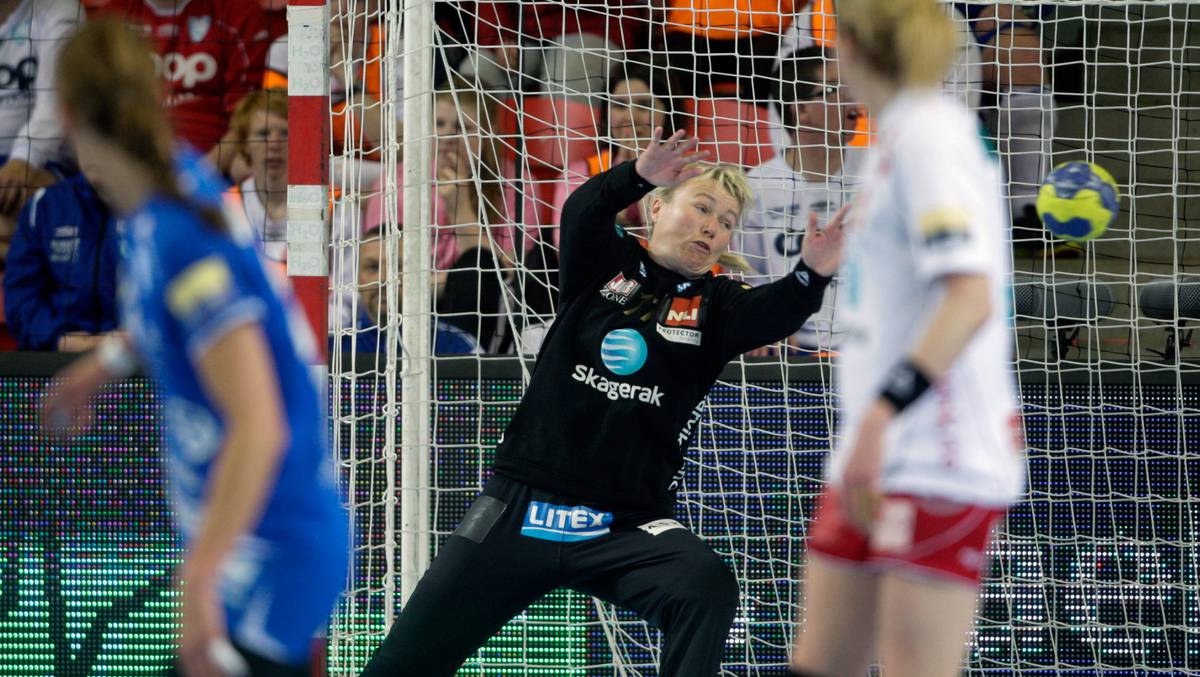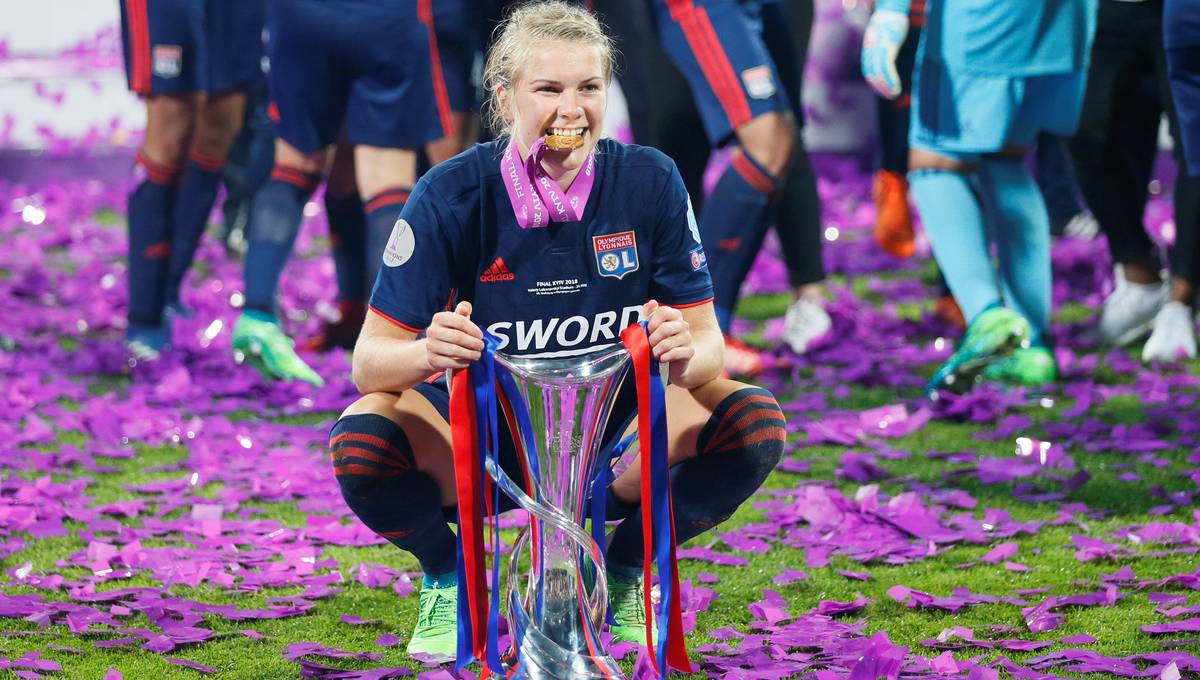Figures from DNB show that card usage by Norwegians last year was 4 percent higher than the 2021 pandemic year and 6 percent over the normal 2019 year, adjusted for inflation.
Developments changed during the fall. From September to the end of the year, there was a negative growth in card use compared to last year.
– This indicates a change in the economic behavior of Norwegians, although there are still good opportunities for further tightening, says Ine Oftedahl, director of data transformation at DNB.
The combination of falling real wages and the use of cards that are still above normal means that in 2022 Norwegians will have to use savings funds to maintain consumption.
– The difference is increasing
Average figures hide that the differences between people are increasing. It’s clear that some people have experienced the financial challenges firsthand and have taken greater action than the average would suggest, according to the bank.
– We see, for example, that the youngest start tightening much earlier than other age groups, and also continue tightening throughout the year. We also see that those in the lowest pay bracket have tightened their percentages more than those in the highest pay bracket. This provides a clear signal that we are likely to see similar effects in other customer groups when individual finances speak for it, Oftedahl said.
[ Fattigdom i Norge: – Plasser skammen der den hører hjemme ]
Maintained trading habits
During the pandemic, most consumption was spent on shopping for goods, as many services were unavailable due to restrictions. When these disappear, there are many who seem to have a challenge finding their way back to normal card use, according to a bank review. Many maintain a high level of merchandise trading at the same time as the use of cards on services has a soy sauce effect.
Both trade in goods and consumption of services were above normal in 2019. However, compared to the 2021 pandemic year, trade in goods fell by 4 percent while consumption of services rose by 26 percent.
[ KOMMENTAR: En forbanna myte at det alltid lønner seg å jobbe ]
More money for tourism, restaurants and nightlife
The biggest increase compared to the previous year was in tourism, restaurants, nightlife, recreation and entertainment. The biggest declines occurred in sports, electronics, household, hobbies, food and beverages (including groceries and Vinmonopolet).
Spending patterns are also undergoing adjustments until 2022. Online shopping continues to strengthen, but with lower growth compared to during the pandemic. In 2019, online shopping accounted for 10 percent of merchandise trade, in 2022 the proportion ends at 17 percent – up one percentage point from the previous year.
[ Fattigdommen i Norge: – Det skumle er at det er en villet politikk ]
Always update yourself. Get the daily newsletter from Dagsavisen

“Infuriatingly humble coffee guru. Travel practitioner. Freelance zombie fanatic. Certified problem solver. Food scholar. Student.”

:quality(70)/cloudfront-eu-central-1.images.arcpublishing.com/mentormedier/LODEEQUNXEQ4AI5KRPRJX4RNEE.jpg)




